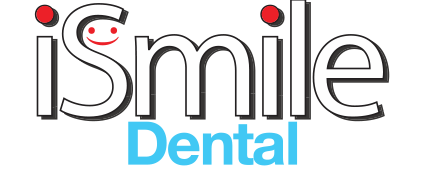Dental Insurance FAQ

A dental insurance policy is a contract between the patient & the insurance company. It is designed to pay for a portion of dental treatment. In other words, the patient is sharing the cost of treatment with the insurance company & the amount not covered by the policy is the patient’s responsibility.
A deductible is the amount of money the patient has to pay before insurance starts paying for the treatment. A copayment is the estimated portion that insurance will not cover for your procedure, & is due on the day of treatment. Each company has it’s own coverage percentage for a treatment, but payment is not always guaranteed or covered fully to that amount. We send the claims out after the procedure is completed, & then after receiving their payment, will let you know if you have a remaining balance or credit.
A yearly maximum is the total amount insurance will pay for an individual’s treatment during a specific benefit period. It is typically by calendar year (January to December), but the cycle can also start on any day of the year.
A lifetime maximum often applies for major procedures such as orthodontics. In those cases, the patient is only eligible for coverage once for a lifetime.
Unfortunately, dental insurance will not take care of every single treatment. Each type of insurance policy covers different things & comes with its own list of covered procedures, as well as treatments which they do not cover. To know for certain, you’ll have to consult your policy, but often cosmetic treatment like whitening & veneers are excluded.
We highly recommend sending in a pre-authorization for any major treatments. The insurance company will review the pre-authorization the way they review a claim & therefore will be able to provide a more accurate estimate.
Most insurance companies provide online access to a member’s account, which allows patients to look up information such as remaining maximum, deductible & benefit level, etc. on their websites. Patients can also find out more information about their plans by calling the customer service number of the insurance company. The toll free number is usually located on the membership card.
1) Subscriber’s ID/ SSN
2) Subscriber’s DOB (Date of Birth)
3) Patient’s DOB
No problem! iSmile Dental offers a comprehensive Dental Savings Plan that won’t break the bank. For less than $1/day, you’ll receive state-of-the-art dental treatment. Contact us to get more information today!
